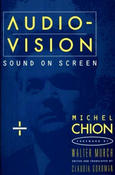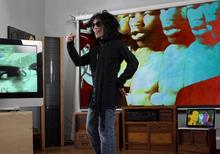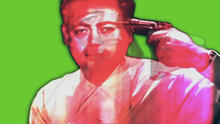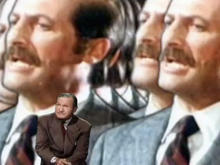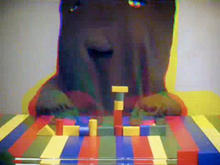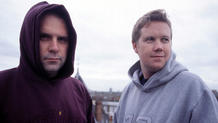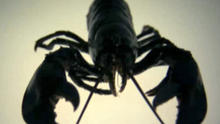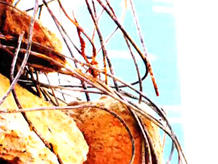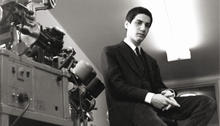soundboard
(2011)by Kasumi investigates the potential for meaning that adheres in increments of physical movement using only the sound created from the dancers’ bodies as they come in contact with the floor and each other.
Color-grading by Didier Feldmann.
Dancers: Christopher Bell and Da-Rell Townes.
"Soundboard investigates the potential for meaning that adheres in increments of physical movement: the marks it leaves through the materials of motion and sound. Using only the sound created from the dancers’ bodies as they come in contact with the floor and each other, it is a study of the human body as it marks its position in space and time, and the very intimate, organizing rhythms that musical force brings to the equation of world and self. Muscles and tendons, joints and skin respond to the recursive structure of repetitive musical forms, conjured into movement, into dance and music.
Soundboard seems to have evolved from a similar aesthetic of the intensely controlled spontaneity of my large scale ink drawings (shodo) dating from the late 1980’s while still in Japan."
Source: Kasumi's Website

